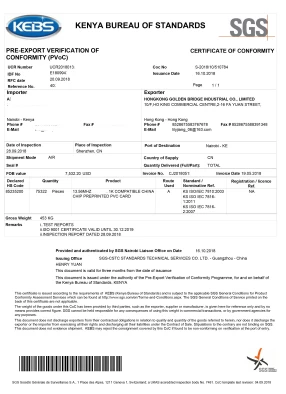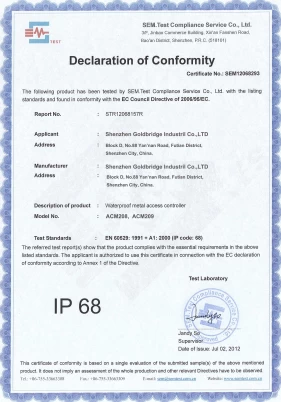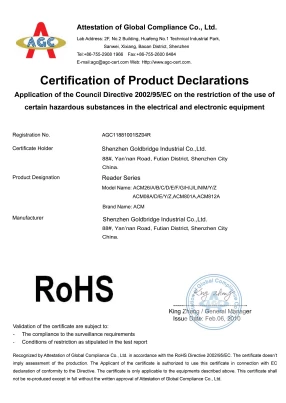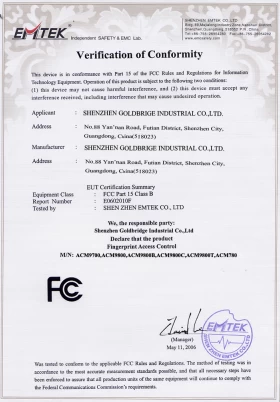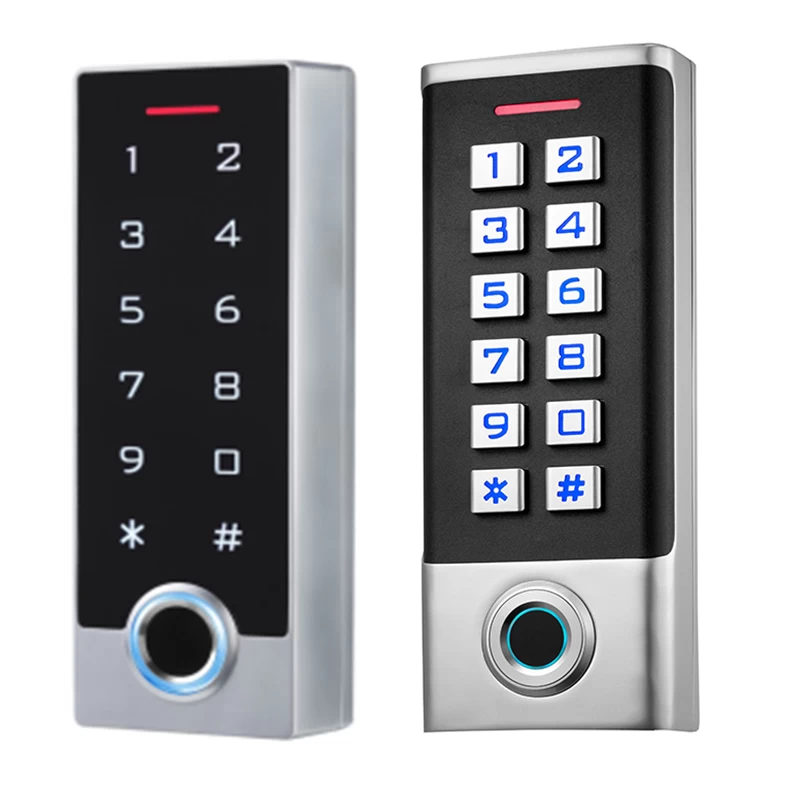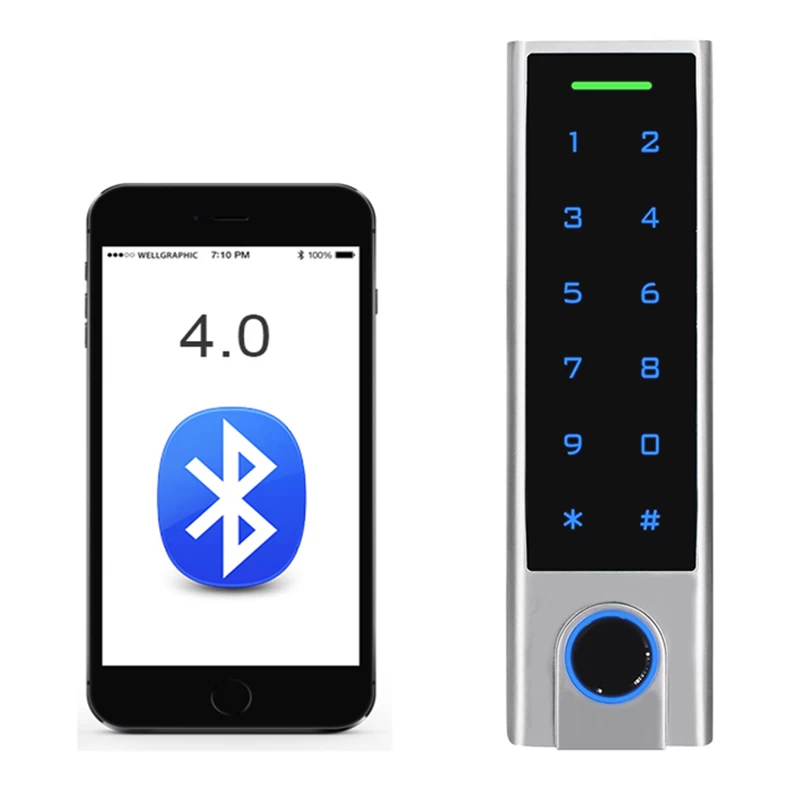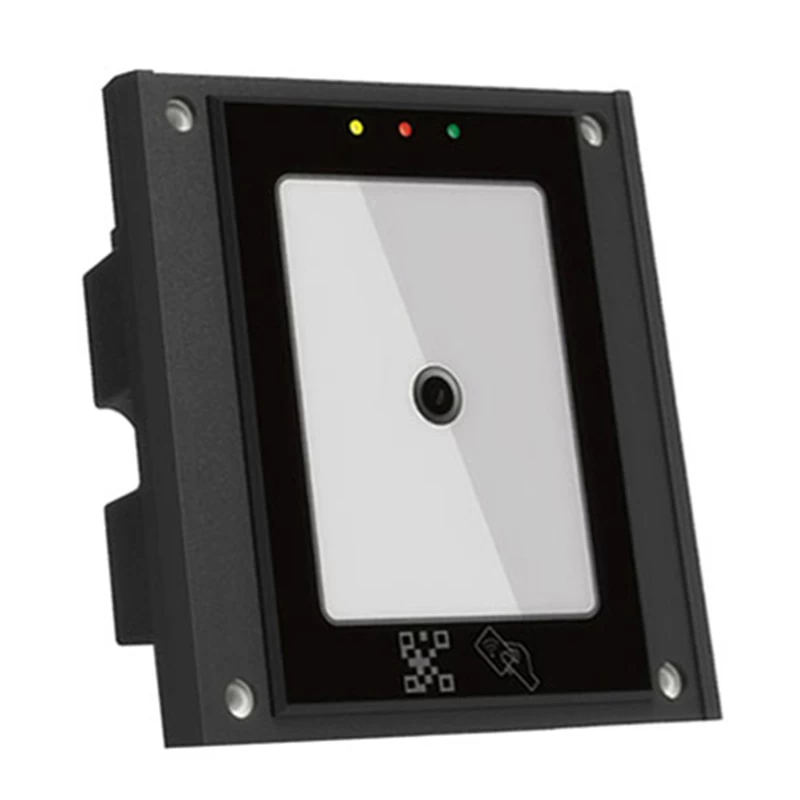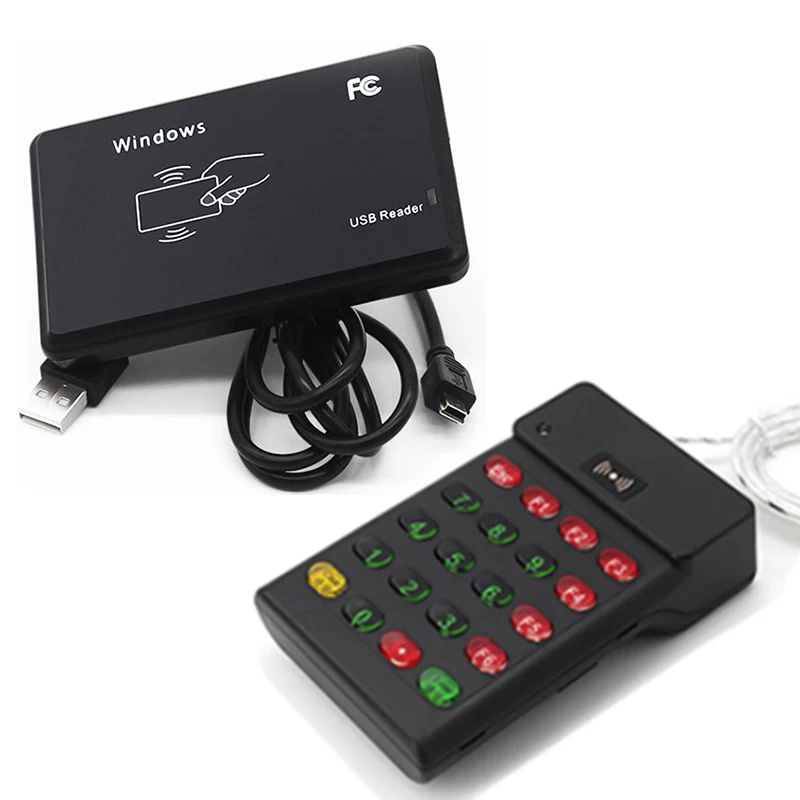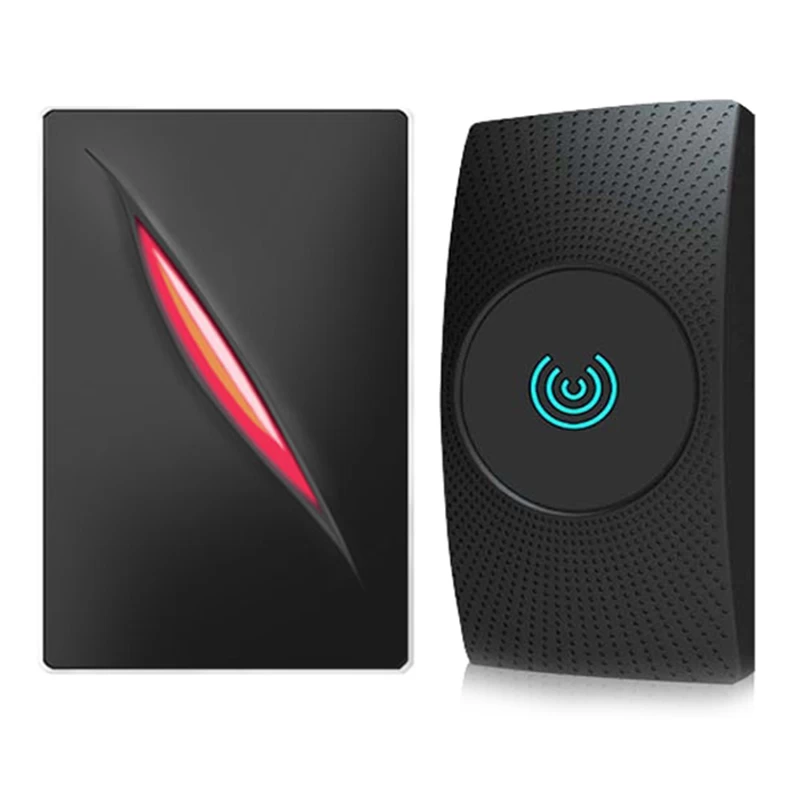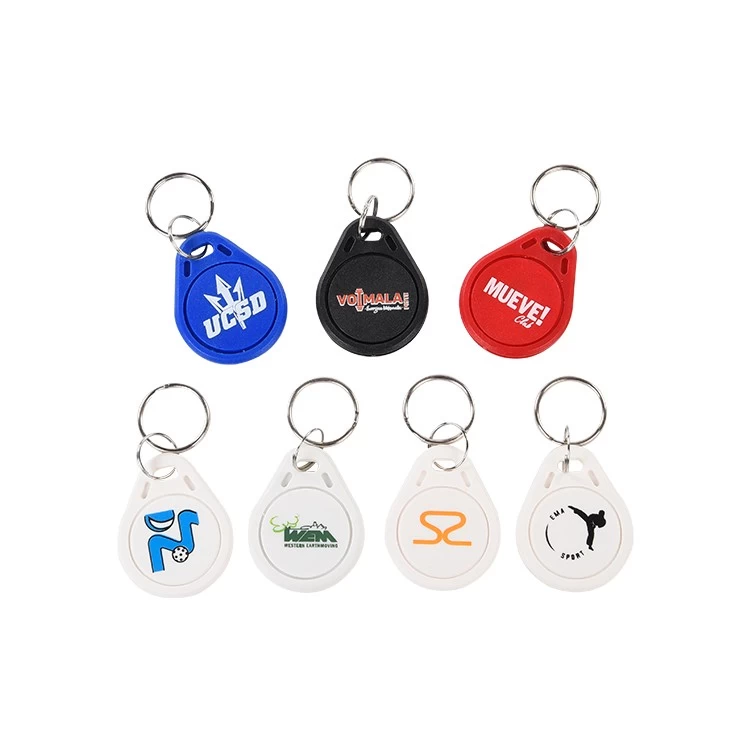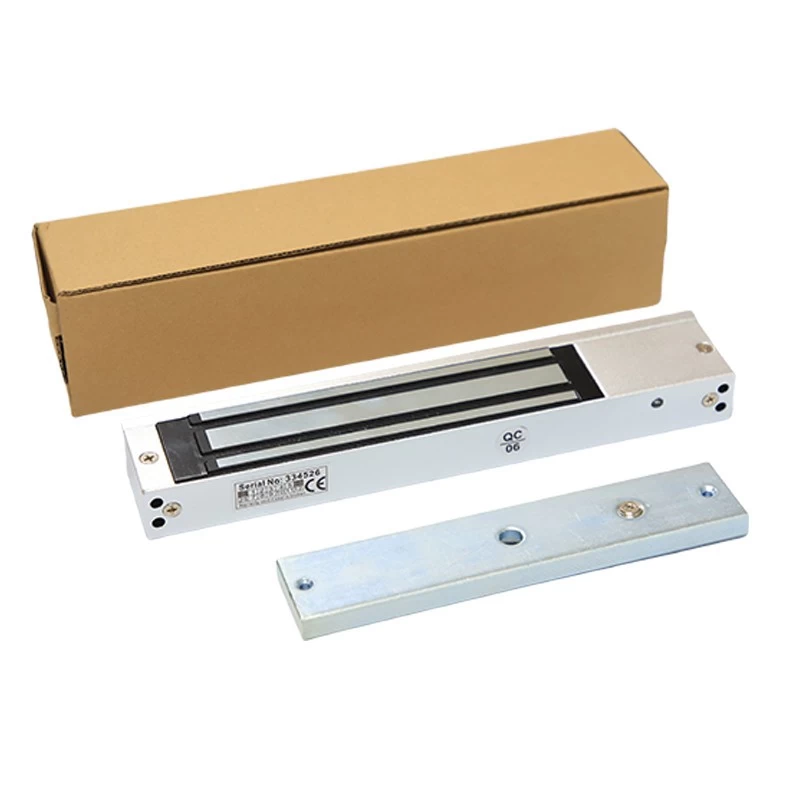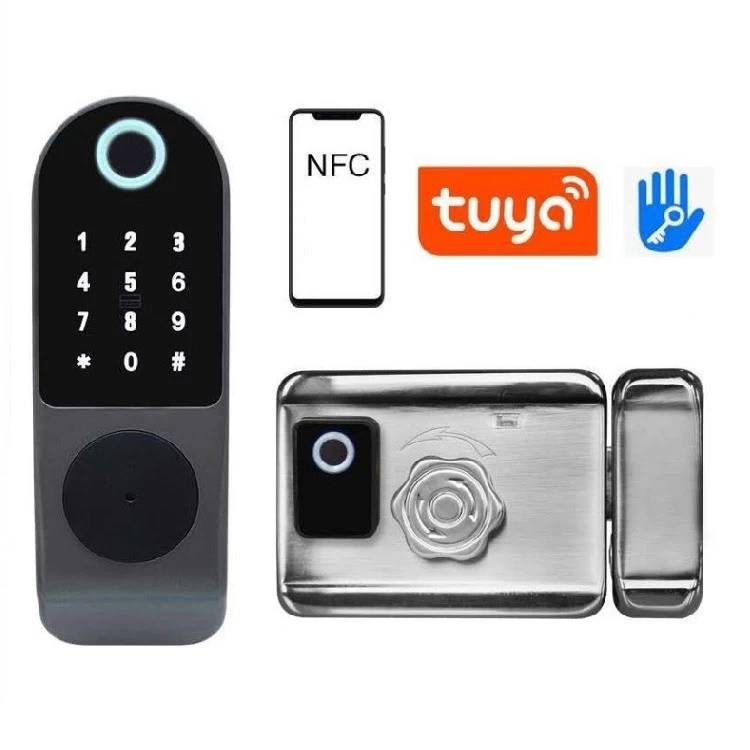Develop smarter retail loss prevention strategies based on RFID
Since Wal-Mart began to promote the use of RFID by its suppliers in 2003, many people have been waiting for RFID technology to change the retail business. However, this change is more like an evolution, with privacy issues and implementation challenges hindering the application of technology. However, the implementation of RFID has never really decreased. Many asset protection departments have found that the implementation of RFID has paved the way for identifying the causes of asset losses and paving the way for smarter asset protection in the future.
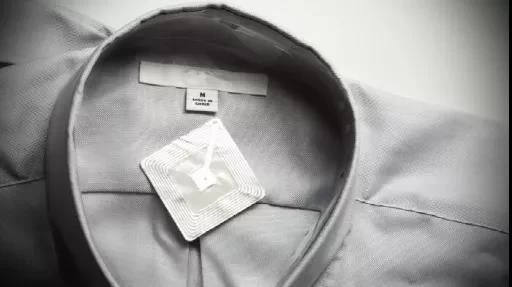
In a report entitled "Current Adoption and Future Applications of RFID Tags" published in 2020, researchers stated that retailers are not adopting RFID technology as fast as expected, but it is making progress and RFID technology is also winning The trust of retailers.
They pointed out that modern RFID sensors dedicated to the retail industry have a higher storage capacity than typical barcodes, and their successful application will help reduce inventory losses and curb luxury counterfeiting. Store-level RFID has been improved, equipped with new clothing tag readers, improved inventory recognition during retail disruptions, and optimized merchandise display. Its future prospects are promising.
Application examples of RFID technology in the retail industry
The researcher said: "The future of RFID is changing rapidly. It can change the retail, textile and sportswear industries by tracking the entire supply chain of items until they are finally disposed of." Burberry is one example, and their RFID tags tell Based on the story behind the clothing, consumers can use their mobile phones to interact with RFID tags to know the information of the product's production location or to recommend wearing choices. They predict that with the widespread popularity of RFID tags, the increase in the amount of information and the convenience of shopping, retailers will develop new uses of RFID in the future.
Joe Coll, vice president of operational strategy for asset protection at Macy’s, said that if this is the case, then more asset protection professionals will be able to obtain data, thereby avoiding unnecessary guesswork in anti-theft strategies and being more flexible Respond to all kinds of threats.

In a March webinar with the theme of "Retail Disruption: Impact on Asset Protection," Cole explained the application of RFID technology in Macy's asset protection strategy and its business penetration. He said that the original purpose was to better understand their products and to ensure that the shoes and other commodities in the showcase were accurately displayed on the sales site. For example, if a store has 100 different pairs of women's shoes, one can quickly glance at the store to know whether the 100 pairs of shoes are there.
Cole said: "This replaces the previous practice of purely looking at the sales side. For example, sales people say that canvas shoes will not be sold in the future, and the canvas shoes in that store will definitely not be sold, but in fact customers don't even know. There are canvas shoes in the store because they are not displayed on the store." This provides an "episode moment" for asset protectors and realizes the opportunity to unlock data to gain insight into product protection strategies.
In the past, AP (Asset Protection Department Loss Prevention Officer) would count the annual list of all barcodes in a building in January each year to know if any items were lost, but when the items were really lost, they did not know what the lost items were. what. They can sometimes narrow the scope to the season when the item is lost based on the type of product, but this is the closest result they can get. With the deployment of RFID technology, APs can now know from the monthly cycle inventory whether items have been lost in the past 30 days.
Kerr explained: "Now, we can complete the final financial list in January, learn about the 12-month inventory process, and implement a monthly inventory plan. We have the ability to conduct periodic inventory every month and then introspect. Whether the measures taken are effective, if they are ineffective, change them; if they are effective, they will be promoted to other stores that have not yet been deployed. Therefore, we can change every month in dealing with item loss, threats of loss and how to protect our products. Got wiser."
Other uses of RFID
Nevertheless, this is not the final result of AP's use of store RFID technology. "We have become greedy." Cole said.
Smart exits, an EAS base connected to the network, can read EAS tags, scan RFID, and connect to surveillance video to provide real-time data about products lost in the store. Cole said: "It not only tells us exactly the type of products that left the store, but it also tells us some of the problems with who took the products out of the store. Because we can now clearly see the loss of each item, and It is possible to link the loss of items to some people who took 60% of the EPC but did not pay."
Cole said it's like the TSA in Macy's, allowing companies to screen everyone when they leave, so they can focus on bad actors and take steps to arrest them. It also provides real intelligence, replacing AP executives’ "personal perception" of the percentage of loss attributable to ORC, and telling them whether their assumptions are accurate.
As RFID technology provides digital identification for Macy's products, investigation and law enforcement work after item loss has also become easier. Without having to look at the product closely, the investigator can confirm whether the product comes from a specific store, and then the video and data can show when the product left the store building with whom. "This ended the case well for law enforcement." Cole said.
RFID technology has brought a permanent gospel to asset protection. Cole explained: "This is the basis. The RFID applied to the product can tell you without reservation how to protect your product, what else to do in the store, and identify the tendency to steal. It also specifies this. One truth: by unlocking data that has never been available before, you know who is the problem."
For more information please contact lily01@goldbridgesz.com


